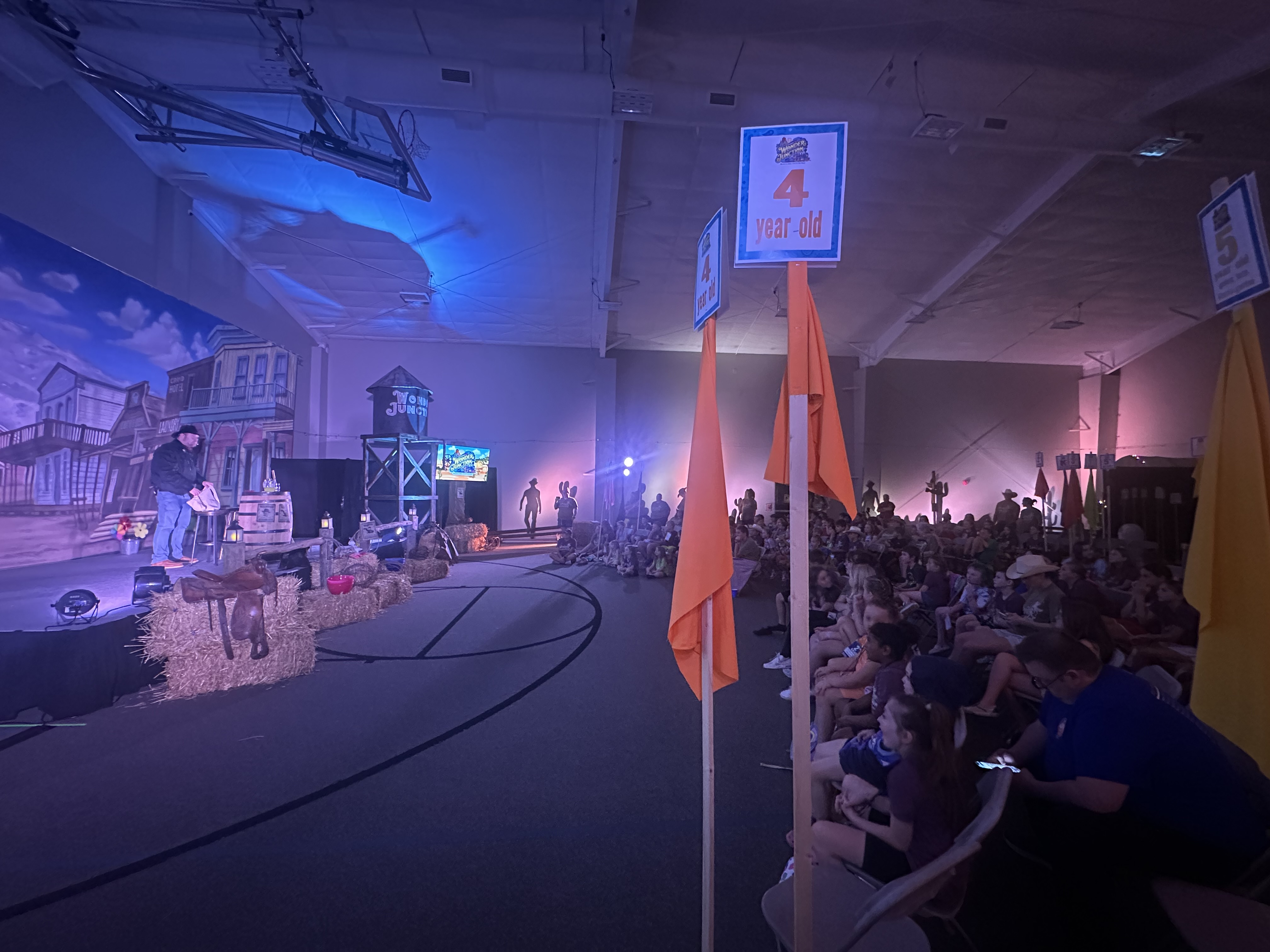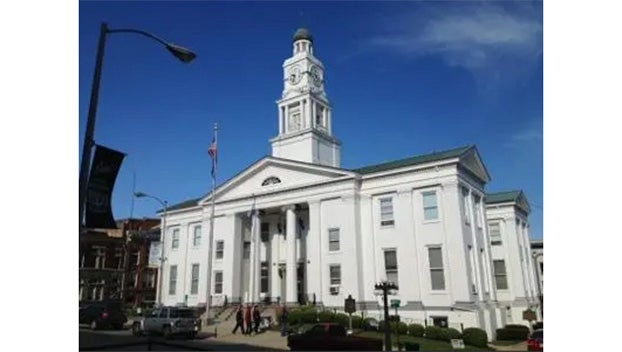ENOCH: The most historic places in Clark County — Indian Old Fields
Published 1:49 pm Friday, August 14, 2020


|
Getting your Trinity Audio player ready...
|
Indian Old Fields has to be one of the most historic places in Clark County.
Geographically situated in the extreme eastern end of the county, it is a 3,500-acre plain of fertile soils perched between the rolling Outer Bluegrass Region and the Knobs Region.
The area is reached from Winchester by Highway 15 or the Mountain Parkway.
Trending
Native Americans occupied this area for thousands of years.
Archaeologists have identified more than 50 significant prehistoric and historic sites dating from the Archaic Period (8000 to 1000 B.C.), Woodland Period (1000 B.C. to A.D. 1000), Fort Ancient Period (A.D. 1000 to 1750) and Pioneer Settlement Period (A.D. 1750-1800).
Prehistoric sites at Indian Old Fields include villages, hunting camps, mounds, earthworks (“sacred circles”) and stone graves.
The Goff Village Site, recognized as an outstanding example of a Fort Ancient circular village, is listed on the National Register of Historic Places.
Eskippakithiki is the only Native American town in the interior of Kentucky shown on Lewis Evans’ 1755 map. The town has long thought to have been at Indian Old Fields.
Another map from about the same period shows a “Shawna Town” in roughly the same location.
Trending
Both maps show the famed Warrior’s Path, which connected the northern and southern tribes, passing through the town.
Daniel Boone stated that when he came to Kentucky in 1769, “We found ourselves on Red River, where John Finley had formerly been trading with the Indians.”
Lulbegrud Creek, a tributary of Red River, flows through Indian Old Fields, which has been taken as evidence that Finley’s trading post was located there.
In 1775, a group of men from Virginia — Marquis Calmes Sr. and Jr., Cuthbert Combs, Benjamin Combs and Benjamin Berry — came to Kentucky in search of land.
While marking off their claims, they found evidence of old buildings, fortifications, mounds and extensive areas that had been cultivated, which they took to be corn fields. All of these they attributed to Native Americans, which resulted in the area being called Indian Old Fields
A few years later, these men and those who surveyed the land for them testified in a land controversy about where each of the landmarks was located.
One of the surveyors was Enoch Smith, who later stated, “The Indian town was very visible when the company settled in 1775, and it lay between a branch of Lulbegrud and Howard’s Creek, and it nearly extended from one watercourse to the other. This Indian town was a place of notoriety amongst the first settlers in this country.”
One of the most prominent landmarks was called the “gate posts” on the tract claimed by Marquis Calmes Jr.
All the pioneers testified that the “main Indian town” was located at the gate posts, although other evidence of towns was found in the vicinity of the blockhouse, the pigeon roost and Cuthbert Combs’ house.
From the size of the timber growing in these previously cultivated fields, the men concluded that the towns had been abandoned in recent rather than distant times.
By far the most important person associated with Indian Old Fields is Catahecassa, known to the whites as Black Hoof. He was a principal chief of the Shawnee for more than 50 years.
Black Hoof was a celebrated orator, had a commanding presence, and was one of their fiercest warriors.
He was said to have fought in every important Shawnee battle from Braddock’s War in 1755 to their defeat at the Battle of Fallen Timbers in 1794.
When he signed the peace treaty at Greenville, he vowed not to fight the whites again, a promise he never broke.
Black Hoof argued against the confederacy of Tecumseh and his brother Tenskwatawa, and was able to keep many of the Shawnee out of an alliance with the British during the War of 1812.
Black Hoof counseled the Shawnee to adapt to the white men’s ways and seek legal titles to their Ohio lands.
He visited Washington D.C. on four occasions, once to ask President Jefferson for help obtaining farming implements and livestock.
In spite of his efforts, almost immediately following his death in 1831, President Andrew Jackson ordered the Shawnee to be removed to Kansas.
In 1816, Black Hoof returned to Kentucky and visited Indian Old Fields. A number of residents there recalled seeing him.
One was Jesse Daniel, who told the Rev. John Shane, “In his speech, he told about the country then. Said that they had had a town there till one year before Braddock’s war, at the old fields. My understanding is somewhere in Mrs. Gough’s [Goff] farm that this old man had once lived there. That then some tribe from the south — I think the Catawbas — proving too hard for them, they had been obliged to remove.”
The above interpretations mostly follow traditional views about Indian Old Fields.
In 2011, the Kentucky Transportation Cabinet awarded $120,000 to the Kentucky Archaeological Survey to conduct a field study at Indian Old Fields, including an effort to identify the location of Eskippakithiki.
Many locals participated in the field study during the summer of 2013.
I have been in contact with one of the study principals, Dr. Gwynn Henderson, who assures me that a final report on the project is in the works.
Harry Enoch, retired biochemist and history enthusiast, has been writing for the Sun since 2005. He can be reached at henoch1945@gmail.com.







